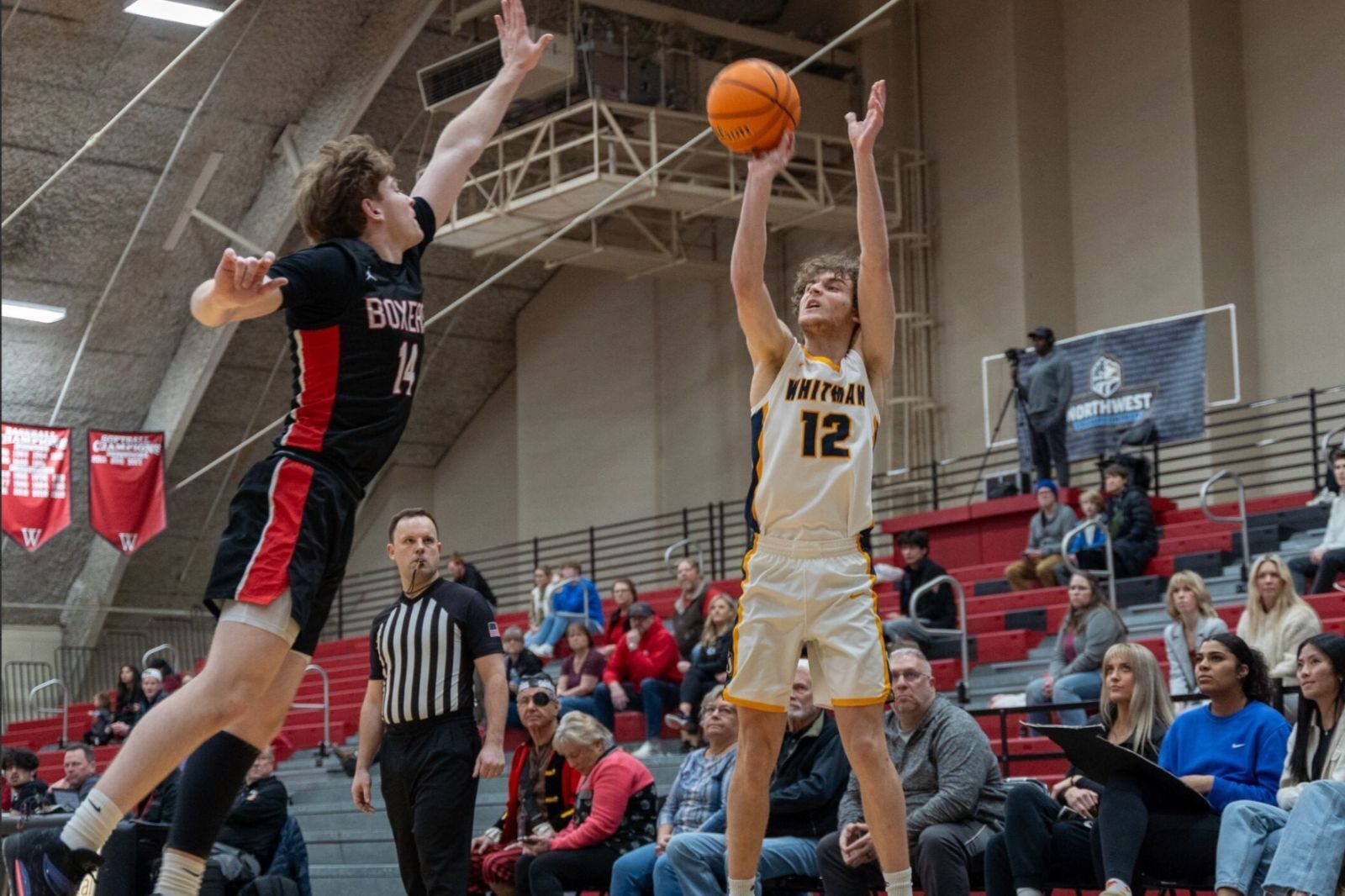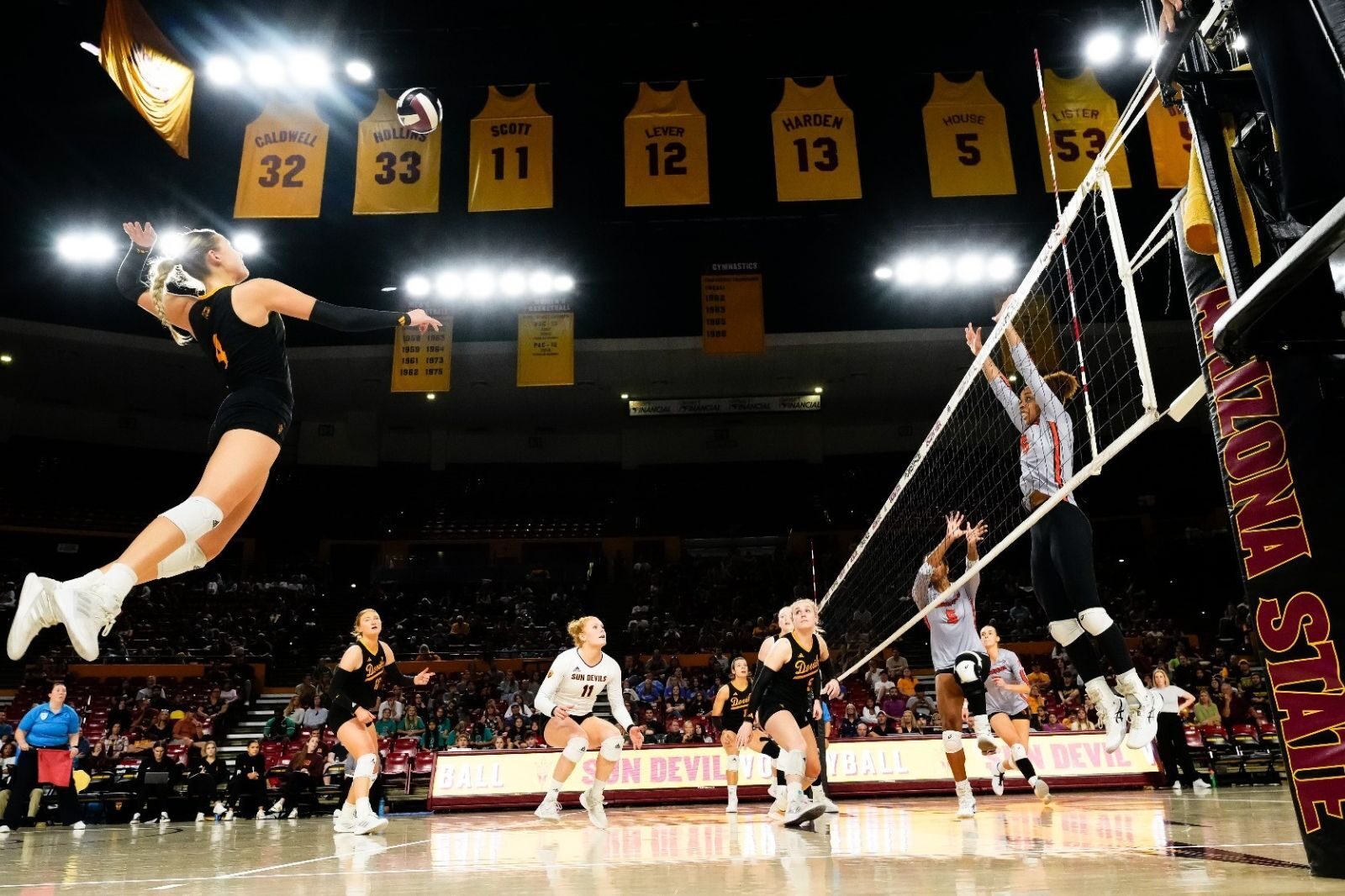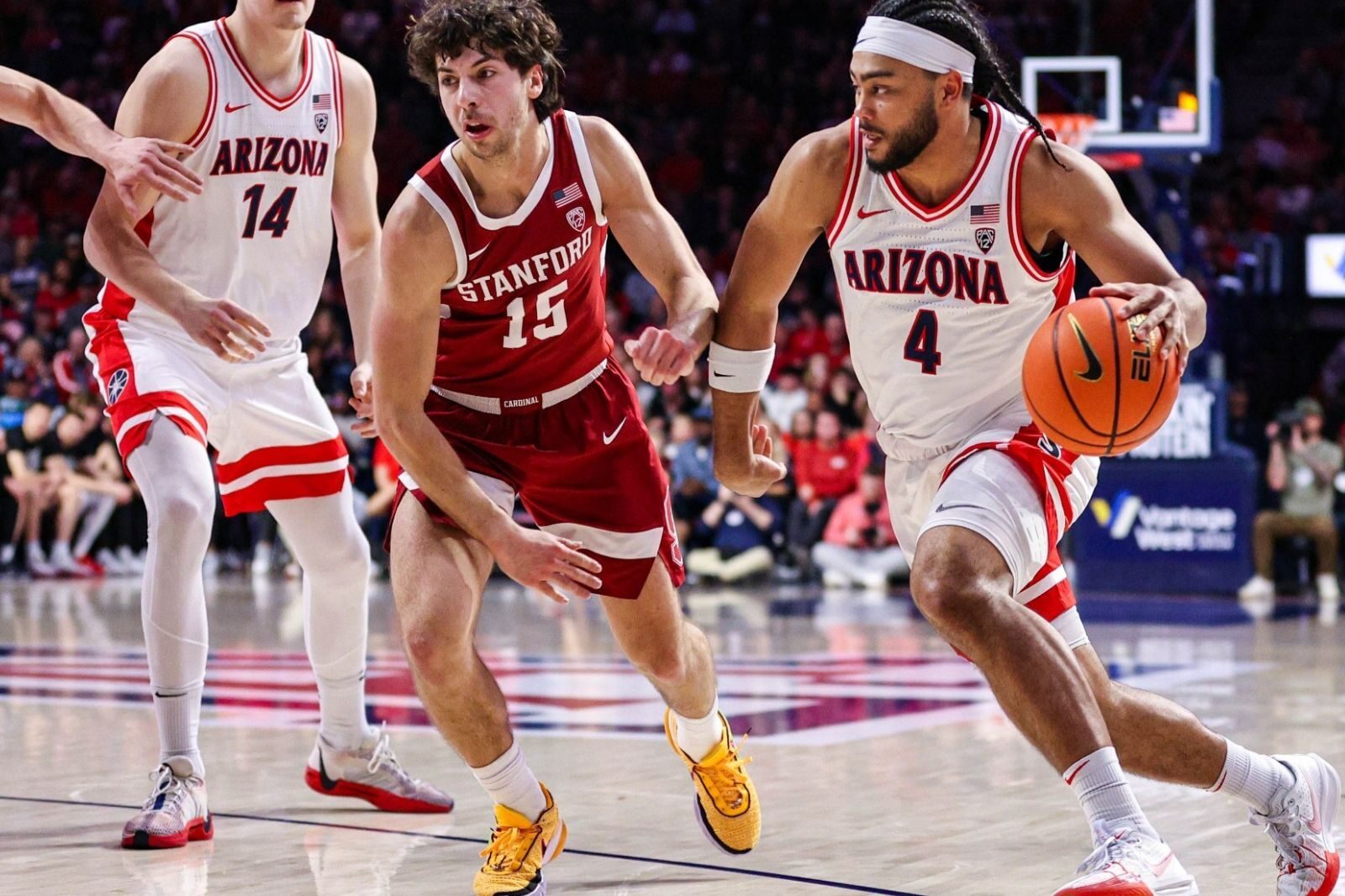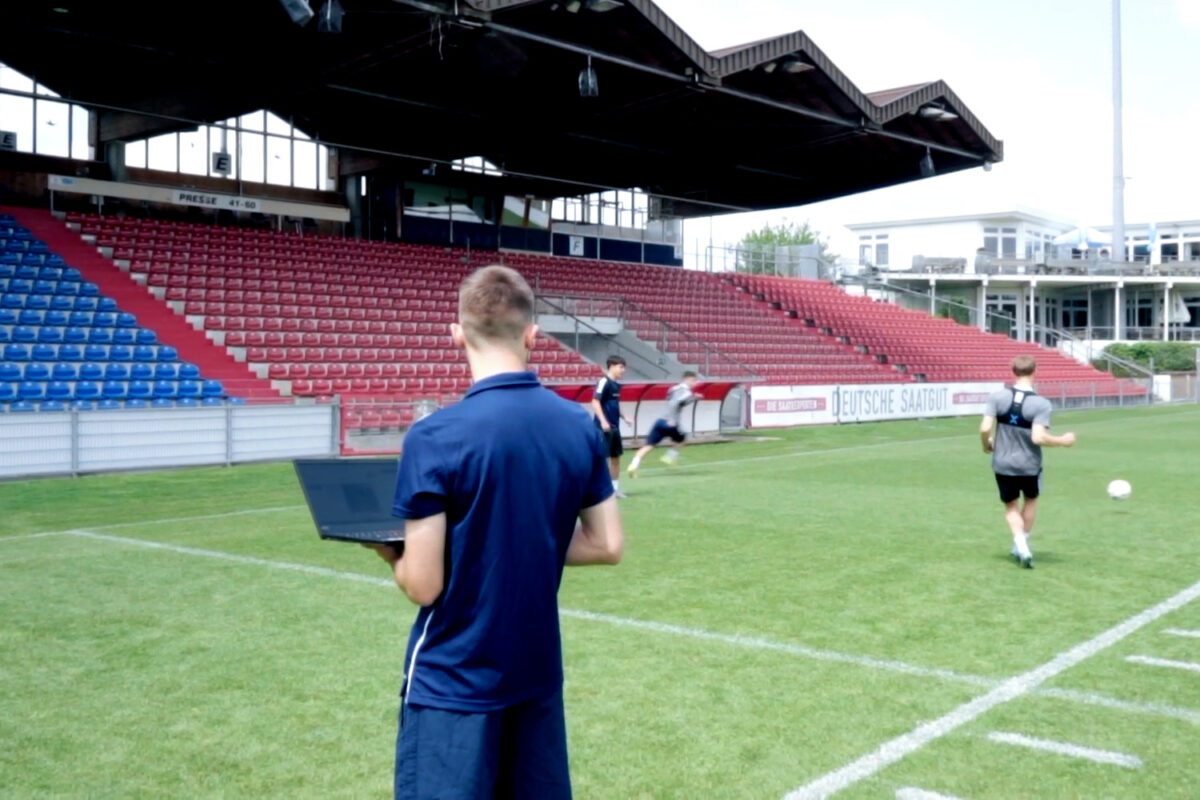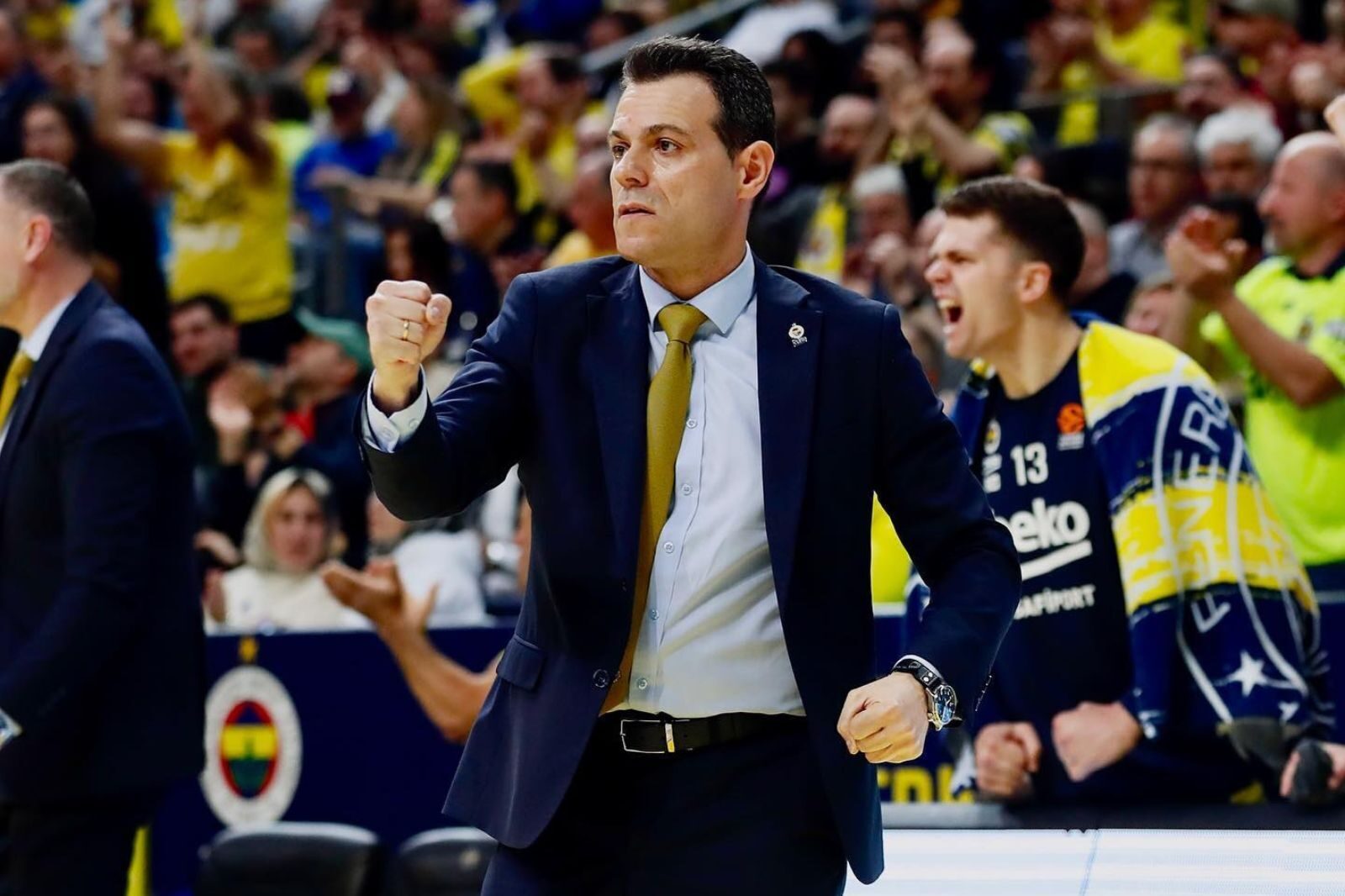Why a Return To Play Protocol Is So Important For Pregnant Athletes
Return to play is typically associated with a comeback from injury, like concussion. Hardly anybody used to talk about the road back for pregnant athletes, but that perception is shifting. More and more women athletes choose to give birth during their careers and make their experiences public. And sports performance analytics are fast becoming an essential tool for a pregnant athlete who’s trying to map out her journey back to the playing field or court. Here’s why.
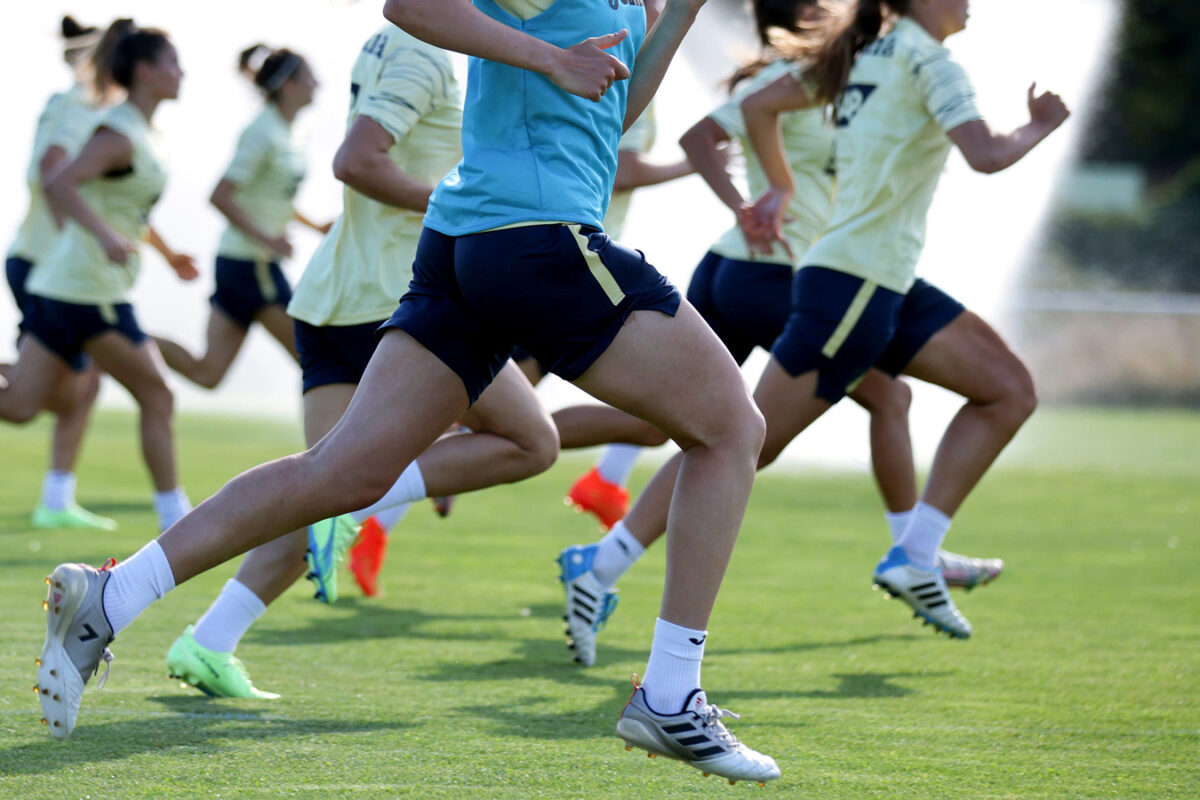
There was hardly any room for pregnancy in pro sports for a long time. Some female athletes even received the advice to postpone their wish to become a mother until after their careers. Others had their contracts terminated. And even if their clubs, coaches, federations, and sponsors assured support, female athletes face another big challenge.
So far, no nuanced return to play protocol exists for pregnant athletes. Lacking comparable figures makes it hard to put together a plan that leads female athletes back to their peak performance level in a way that suits the body’s condition after delivery.
From Female Athlete to Pregnant Athlete and Their Journeys Back
This becomes increasingly important as more and more female athletes decide to have a baby during their careers, despite being advised differently and despite facing adversity from some sponsors.
Top athletes such as multiple Olympic champion Allyson Felix and Germany’s goalkeeper Almuth Schult are among them. They have shared their experiences with combining a career in pro sports and being mothers, and the challenges they faced along the way openly.
1. Allyson Felix, Track Athlete
She is one of the best known pregnant athletes in recent history. Being a six-time Olympic gold medalist and eleven-time world champion, theoretically, Allyson Felix was in a comfortable position when she decided to have kids during her career in 2018. At the same time, she had to negotiate a contract extension with her biggest sponsor.
But according to The New York Times, Felix did not get any assurance that pay would continue consistently during this time in case her performance dipped after giving birth. Felix did not fold and advocated for maternity protection rights with other female athletes. By now, many outfitters have adjusted their conditions. For example, Felix’s sponsor, Nike, guarantees female athletes their salaries and bonuses for 18 months around their pregnancy.
2. Almuth Schult, DFB goalkeeper
During the 2021⁄22 season, only one mother was playing in Germany’s 1. Bundesliga. Almuth Schult had given birth to her twins in April 2020 and subsequently had fought back her way into the goal of her club, VfL Wolfsburg, and the German National team, where she lost her spot to Merle Frohms before the 2022 European Championships.
Talking to UEFA.com, Almuth Schult described the challenges of sleep deprivation for athletes, the increased stress level, changes in her body, and the increased injury risk and points to the importance of aimed load management in the process.
At the same time, Schult tells how her club and the DFB offered support when she told the persons in charge about her plans. They assured her they wanted to accompany her during the process and learn themselves — especially since pregnancy is not a natural topic in pro sports. During the European Championships, Schult was allowed to bring her twins and husband.

How Sports Performance Software Supports Female Athletes
Pregnancy impacts the entire organism — the hormonal balance changes during and after pregnancy. Female athletes gain weight; tissue gets softer. Plus, during pregnancy, the abdominal muscles (rectus abdominis) separate. Hence, the whole body sensation changes. Then, mothers sleep less deeply, often are deprived of sleep partly or entirely. That results in fatigue, which affects the regeneration process.
All that leads to changing a female athlete’s performance capability. However, the extent differs from mother to mother. Hence, planning the journey to return to action and managing the load individually and precisely is crucial. The more a training plan has been tailored to the athlete, the bigger the success and the lower the injury risk. That is where metrics can help.
Sports data from the time before the pregnancy tell how much the female athlete was capable of, while data on her way back to action paint a picture of the status quo. Evaluating both helps find a middle ground and the proper amount of training. That is crucial, particularly for high-intensity metrics such as acceleration, deceleration and jumps.
Physical conditions differ hugely from mother to mother after pregnancy. Plus, a new mother cannot invest her entire day into her comeback, for her child depends on her physically. Hence, many female athletes lose valuable time compared to their male counterparts during their limited time as pro athletes.
Kinexon Helps Female Athletes Return to Play After Pregnancy

There, KINEXON’s player and performance tracking can step in. The system is designed to define specific goals for athletes via a large number of metrics by determining a range they need to be in.
Using the KINEXON Sports App dashboard, coaches and female athletes can closely follow the performance development. They receive an overview of all performance metrics – those from before and those from after pregnancy. That creates comparability. The discrepancy tells how far the female athlete has to go to reach her peak performance level and serves as a guideline for training planning and control: is the athlete ready for a more intense workout, or does she still need to build up gently? Can she return to the competition?
It is clear to see that returning to sport following pregnancy and birth is multifactorial. There are numerous confounding factors that add challenges to the situation as mentioned above, along with multiple other factors not mentioned here in depth (such as breast feeding, rapid weight change, energy system and metabolic demands). With all that in mind: it is about time, return to play after pregnancy is given more focus in pro sports.
To enhance the process of women-specific requirements in professional sports, KINEXON accompanies the professional women’s team of TSG Hoffenheim to further develop live player tracking and data analysis to the requirements of women for the first time.
Pregnant Athletes Need a Return To Play Protocol
Instead, a concrete, individual return to play protocol must be put together. We need comparable figures athletic coaches and physiotherapists can use to lead an athlete mother-oriented back to the pitch or court. This is where KINEXON would like to lend a helping hand with its performance and player tracking.
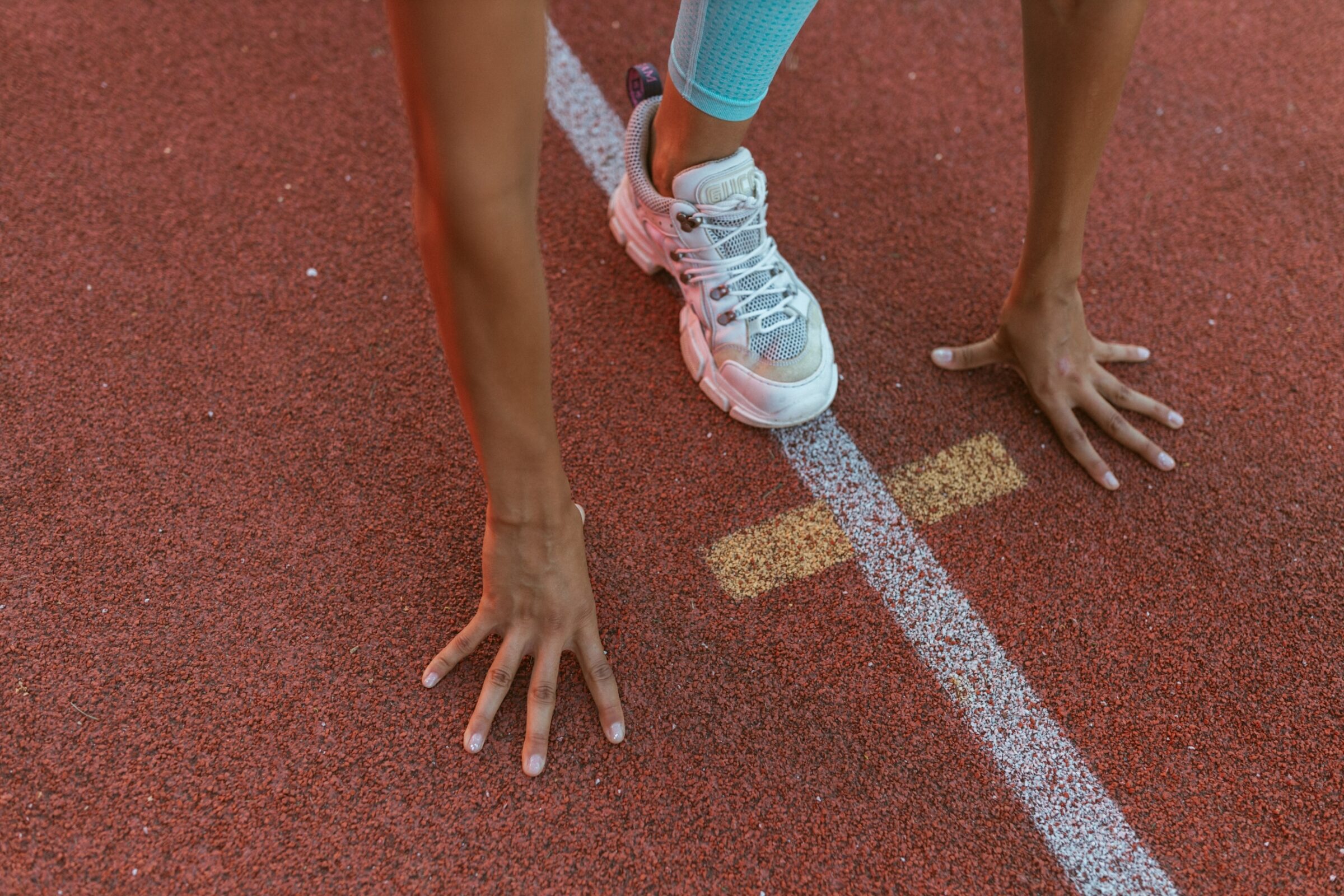
Using Sports Data To Strengthen Abdominal Muscles
The abdominal muscles (M. Rectus abdominis) play an essential role in training control after an athlete has given birth as it separates during pregnancy. The muscles surrounding the sine need time to return to previous strength levels. That is why female athletes must be particularly cautious when performing jumps, rotations, accelerations and decelerations. Movements that put a lot of load on the abs in the early stages of their comeback workouts, compared to lower intensity training methods that are less demanding of such muscle groups.
Now, if coaches and athletes have performance data from before pregnancy, they have reliable metrics to build on. The closer an athlete gets to her pre-pregnancy performance level, the closer she gets to game shape. That is why individual training control is so important. Every female athlete’s body reacts differently to pregnancy and giving birth. Hence, making sweeping assumptions leads to wrong conclusions.
